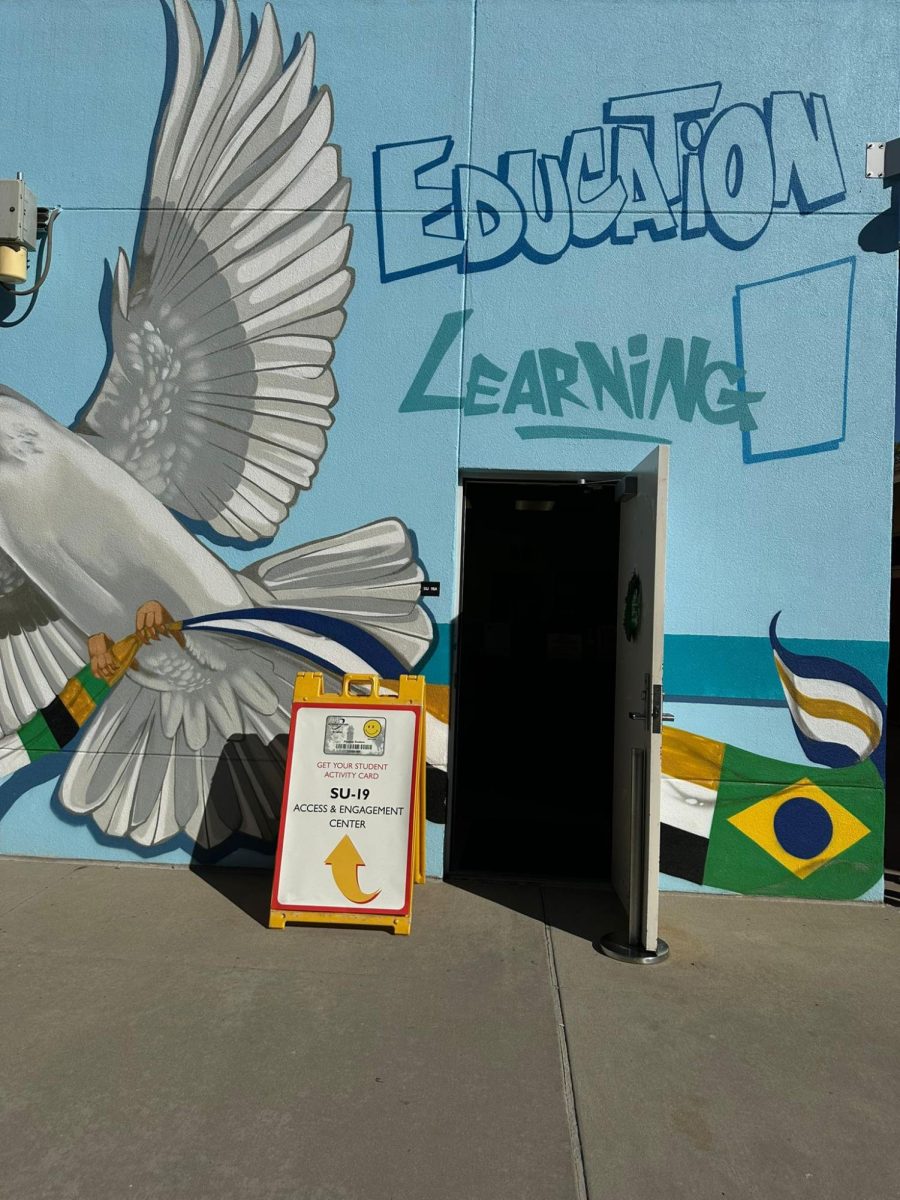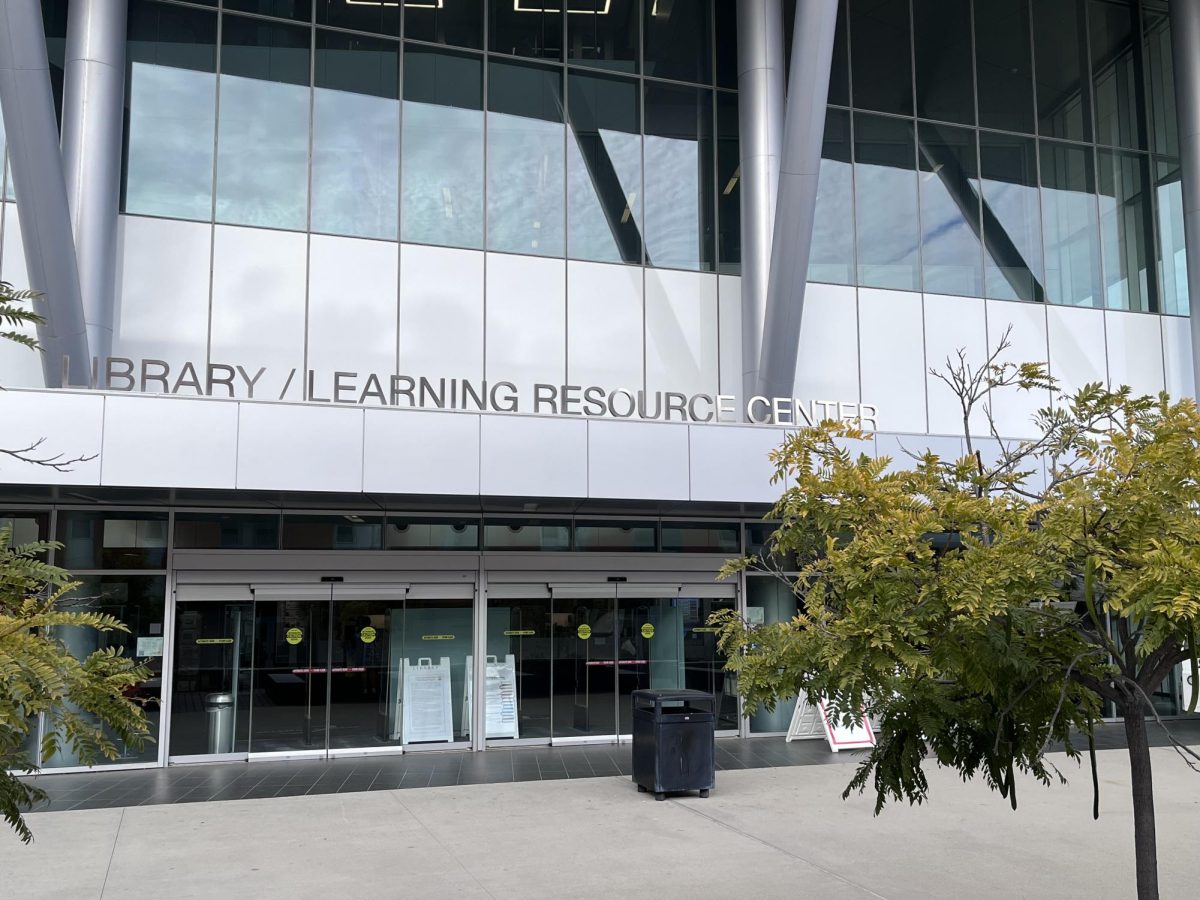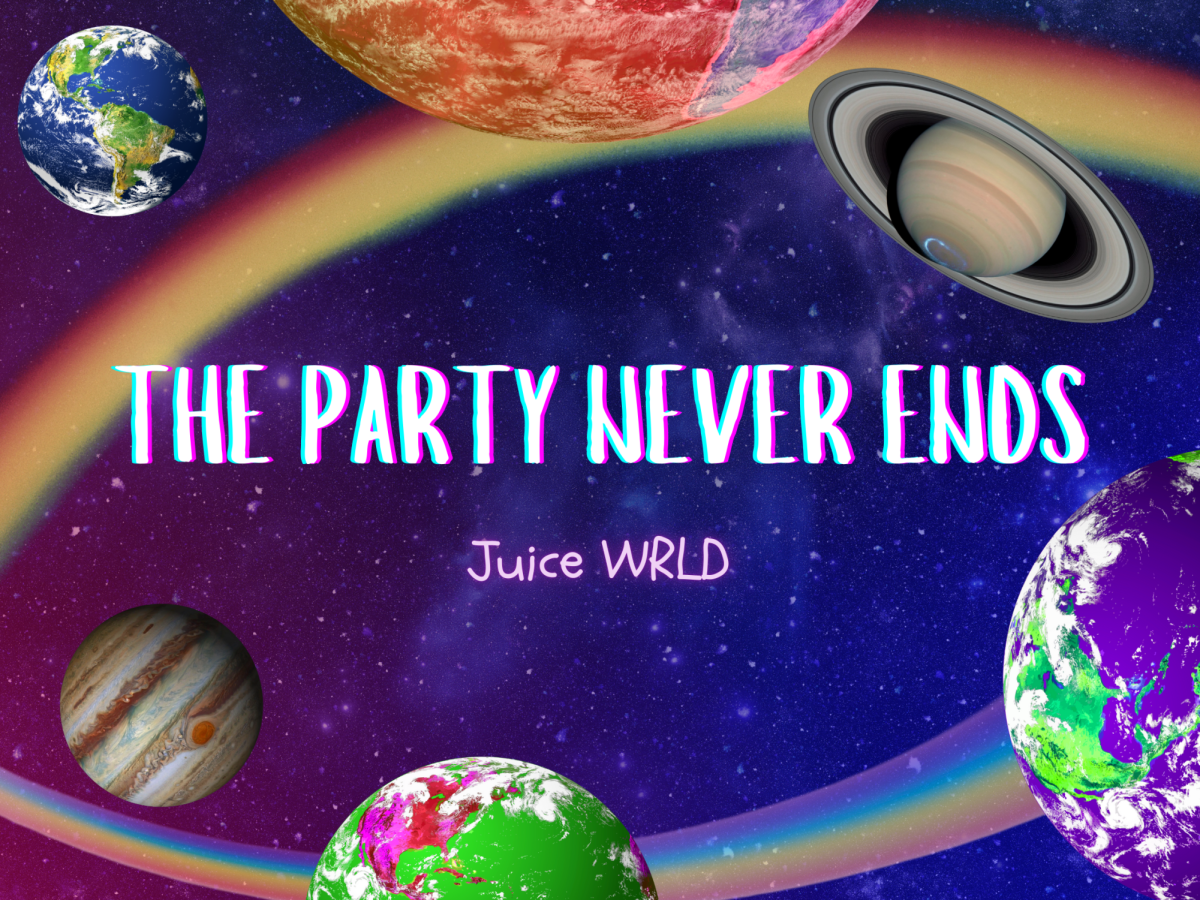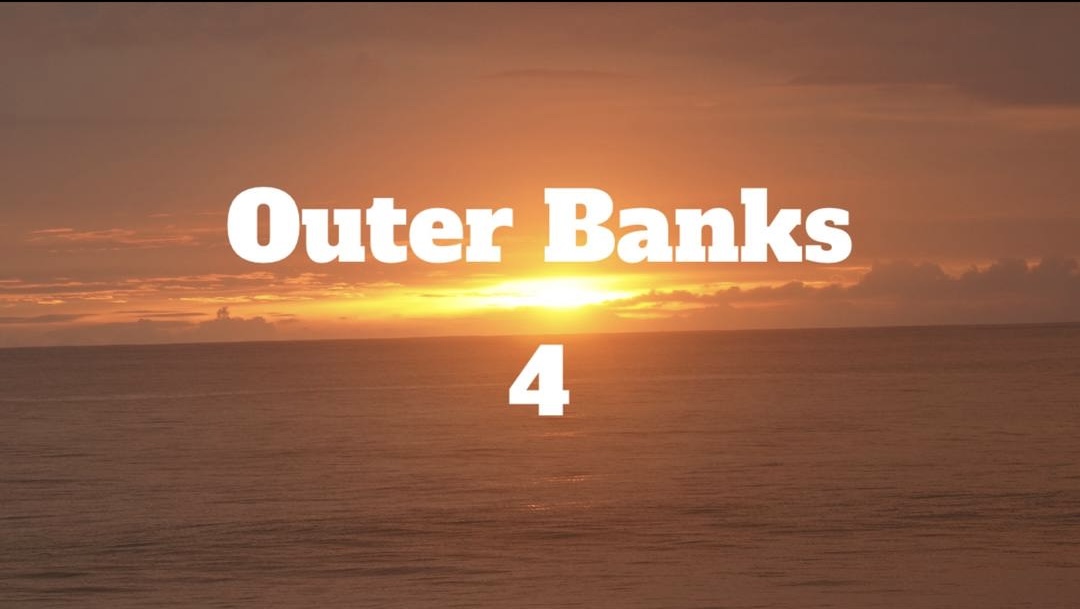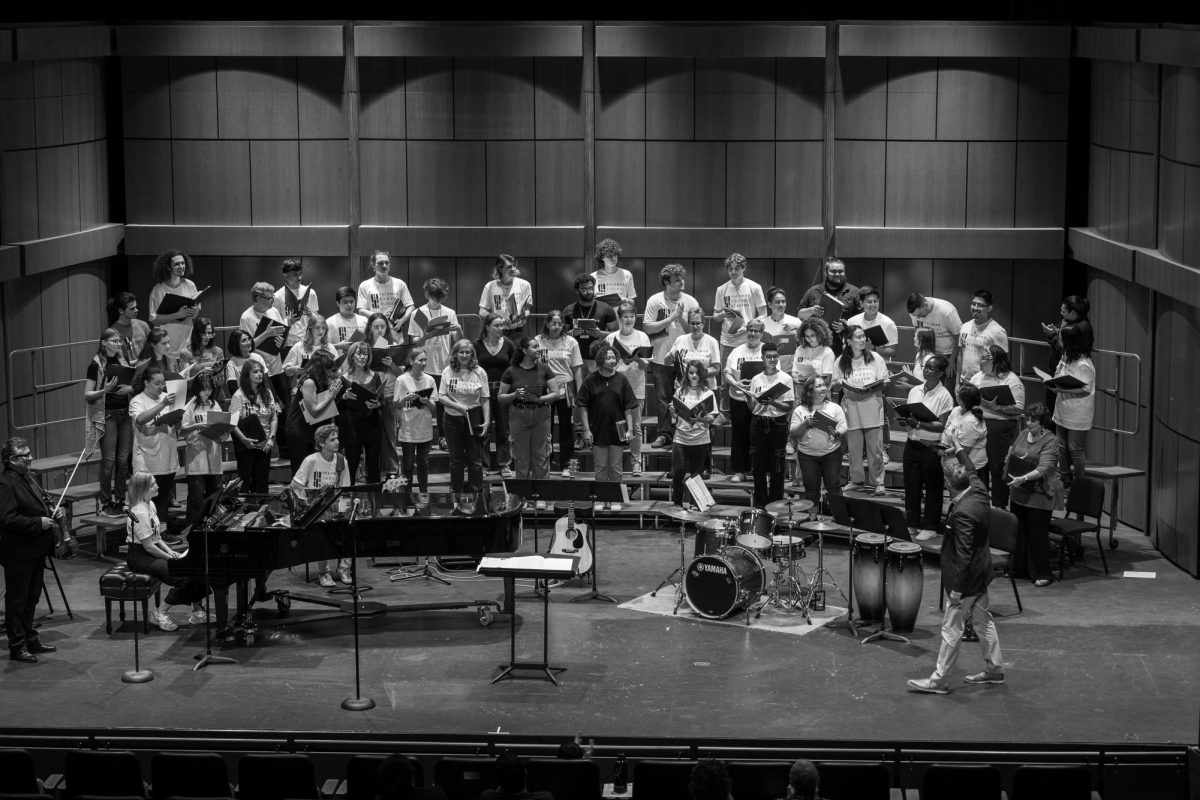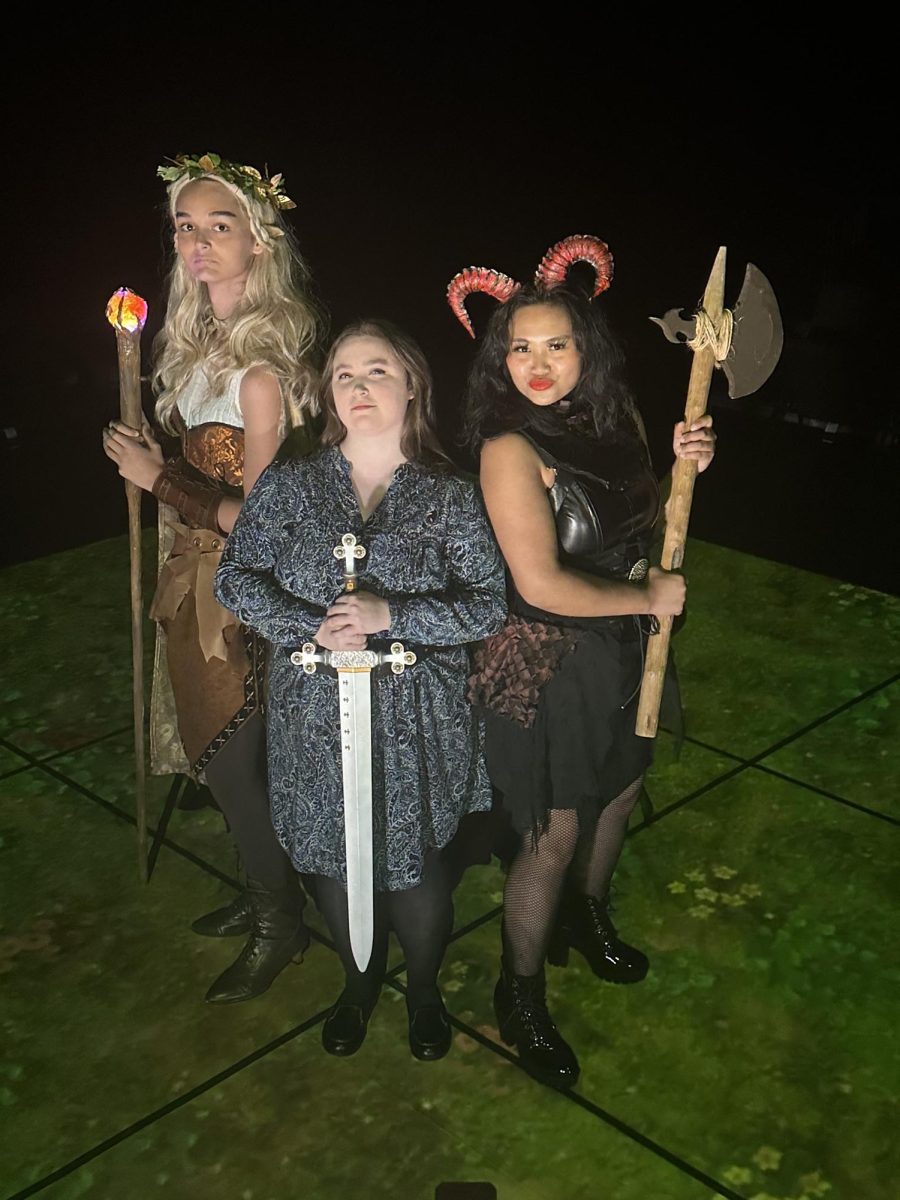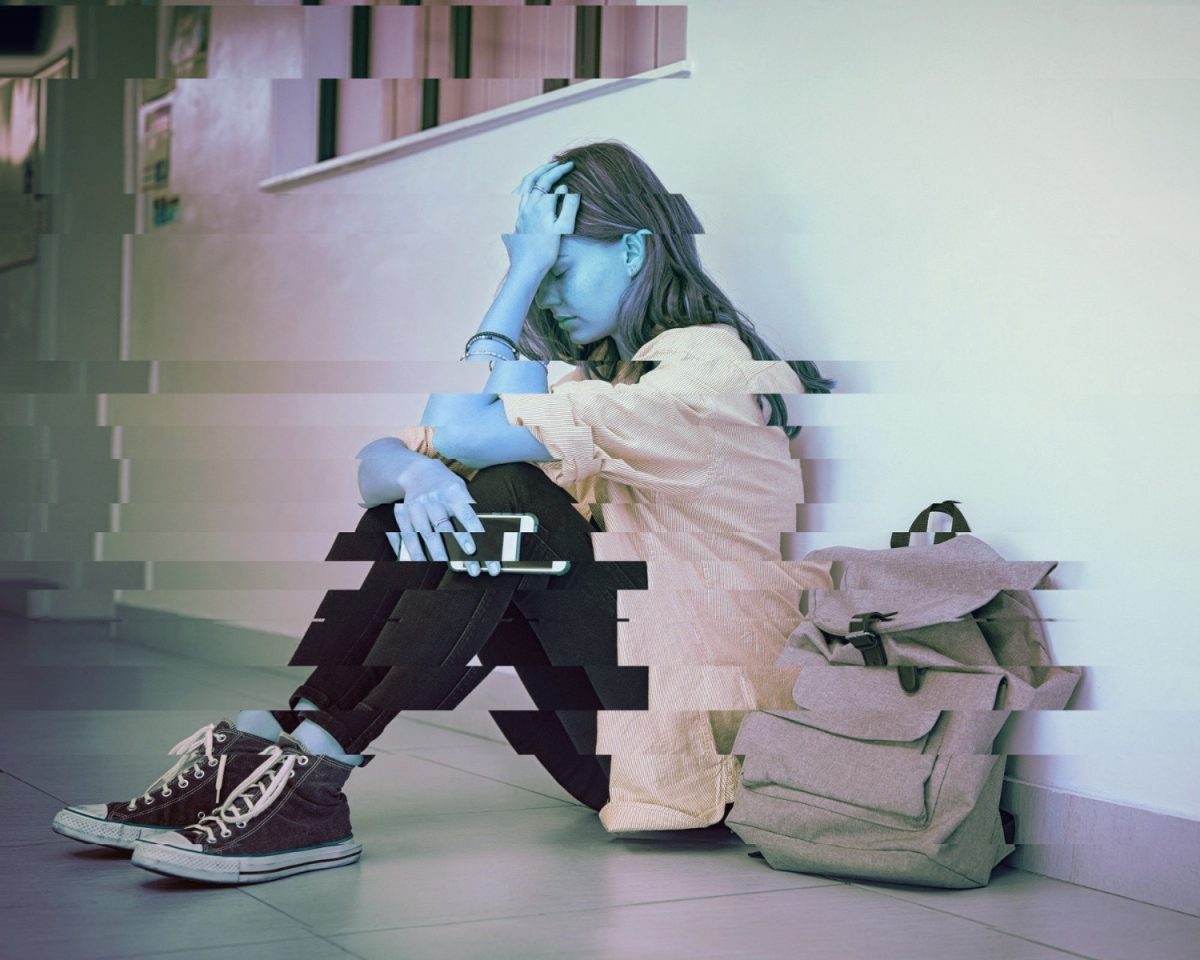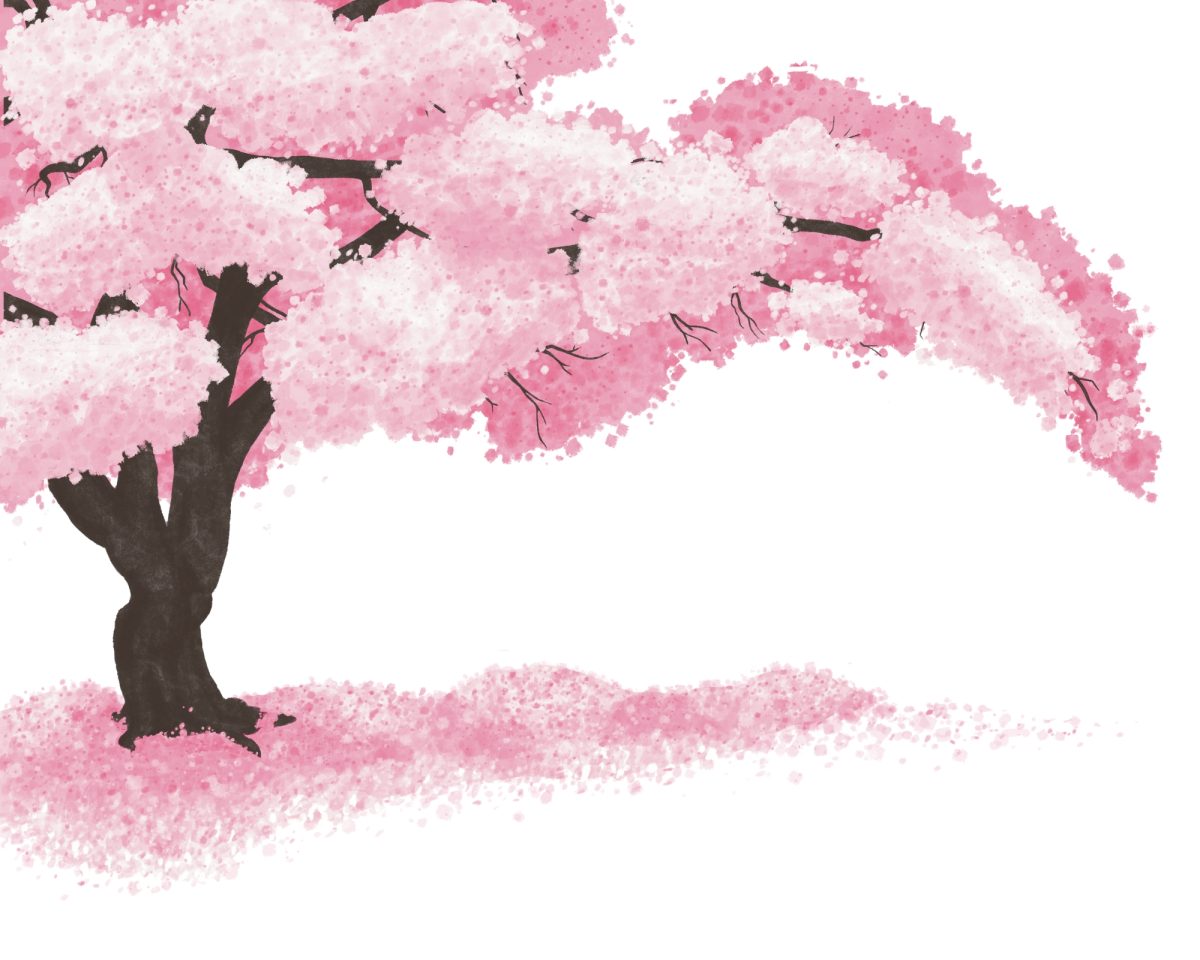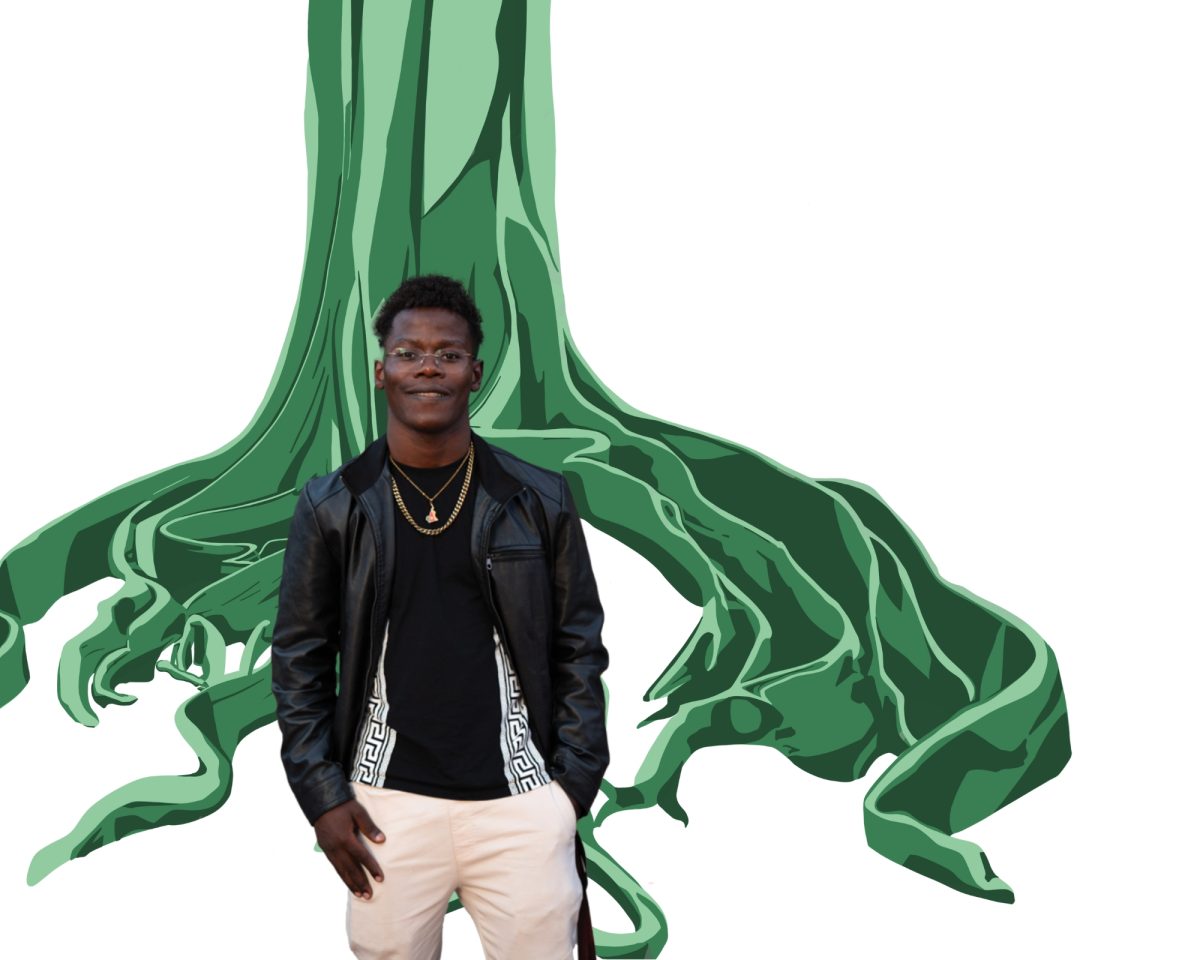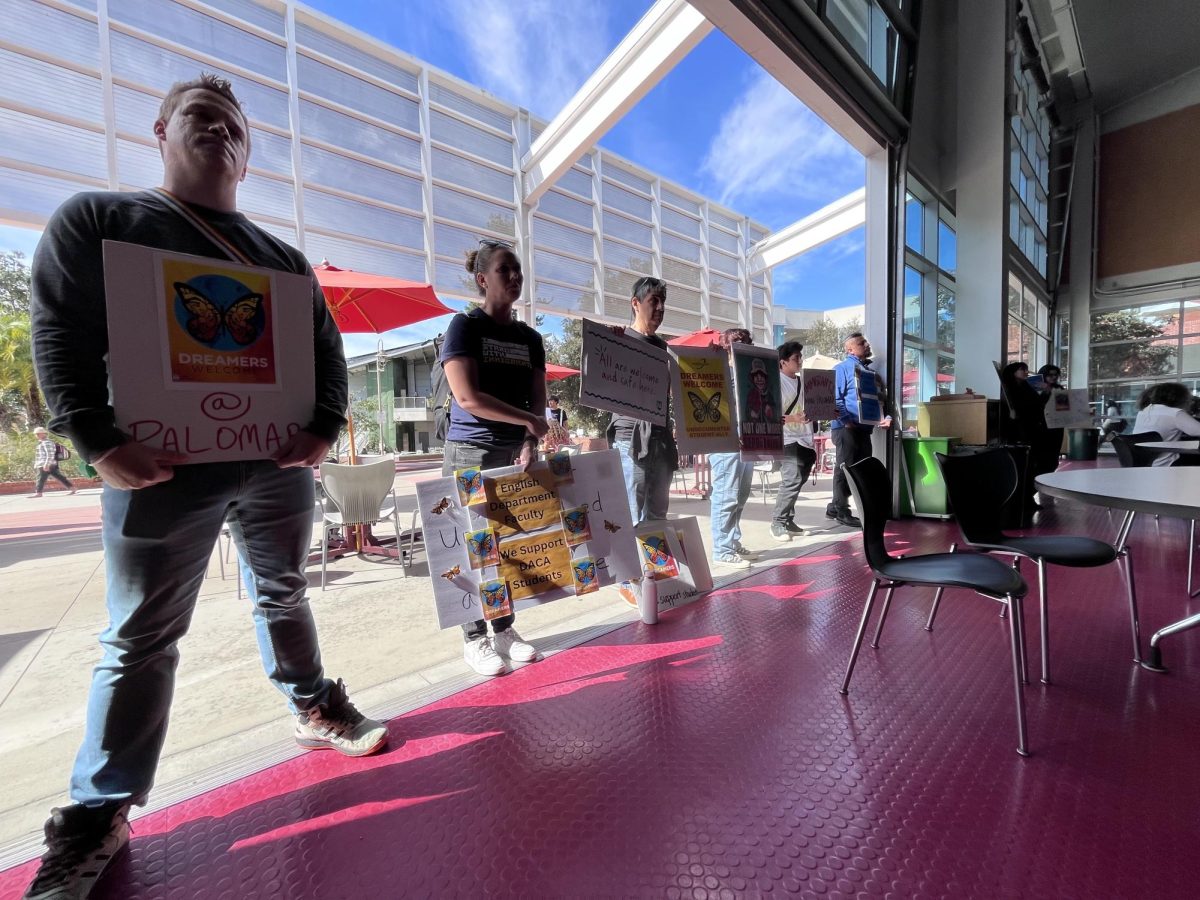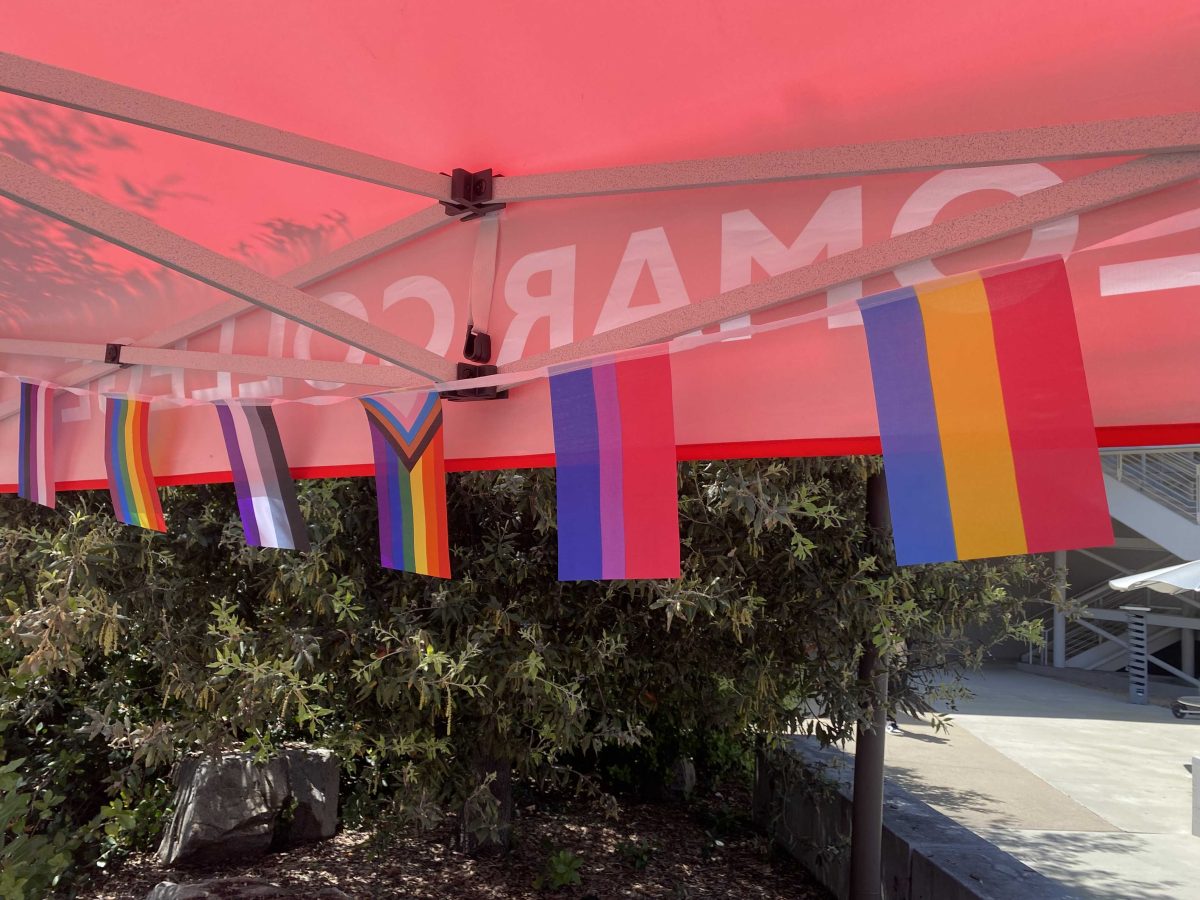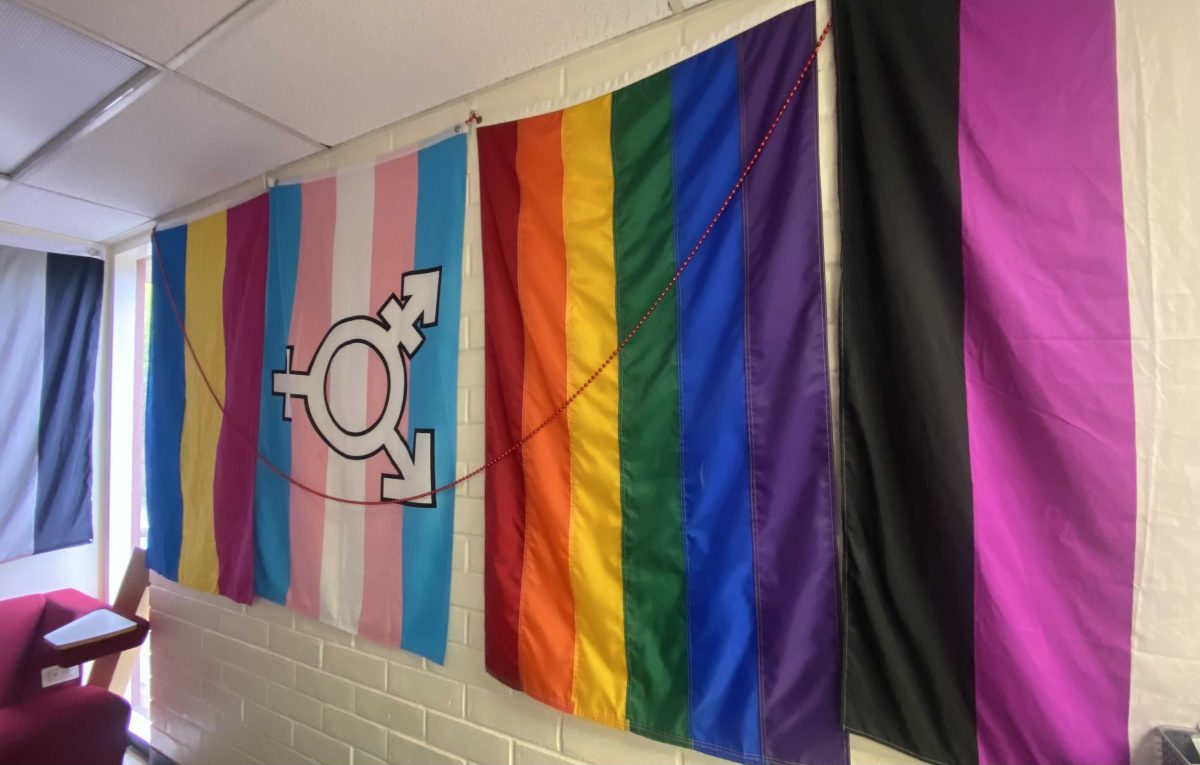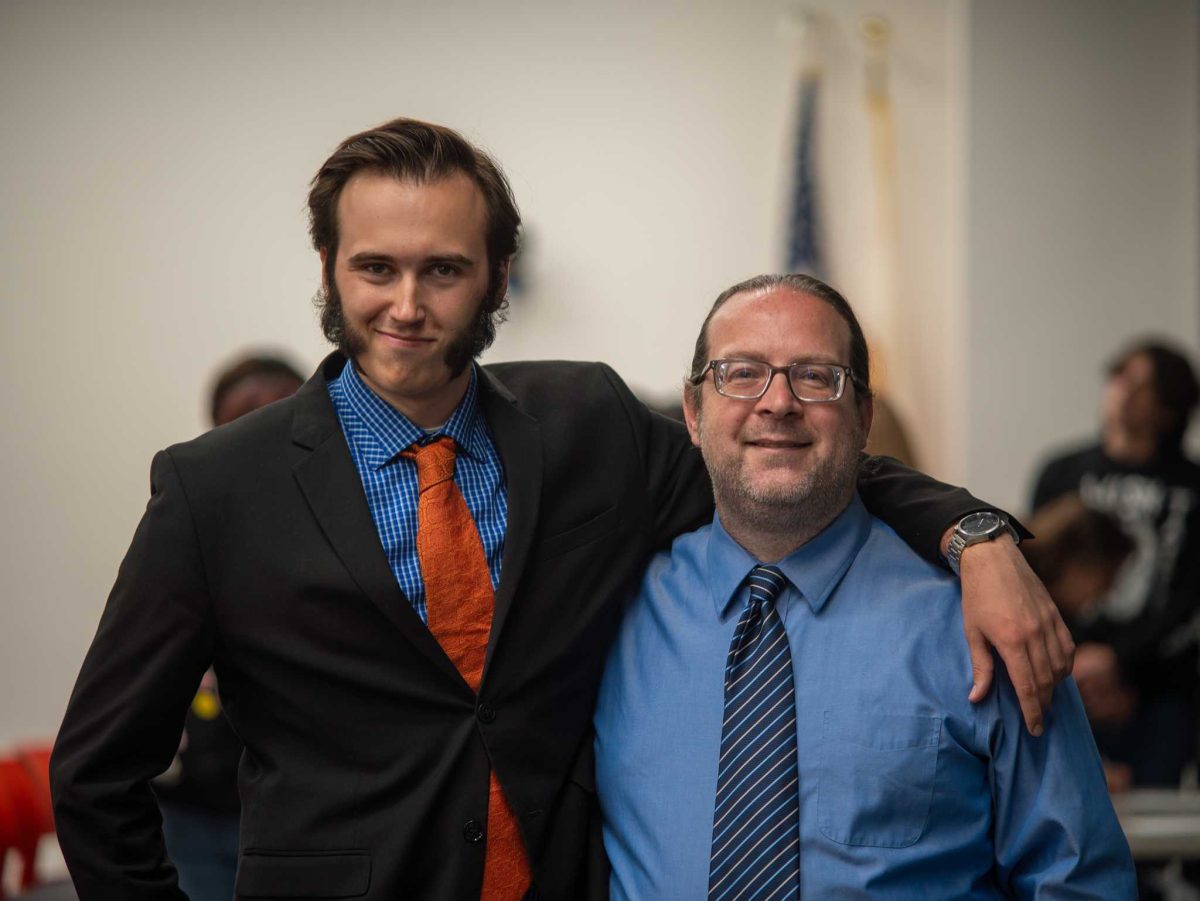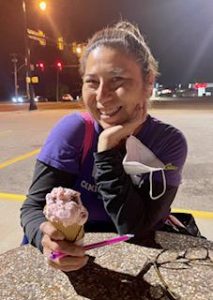A deadly virus is tearing through the population; an unsheltered demographic is increasing; rents and profit-taking are rising exponentially; individuals are struggling to survive, love, and make art. Are these current events? Yes, but these are also the subjects of a rock musical from the end of the last millennium.
“RENT” is a rock musical loosely modeled on Giacomo Puccini’s opera “La Boheme.” Premiering in 1896, the opera tells of Mimi, a seamstress who falls tumultuously in love with a writer and then succumbs to consumption. The bohemian way of life is celebrated, and the ending is heartbreaking.
The update is by playwright Jonathan Larson, who like a musical theater Moses, did not live to see his work realized. He died from the effects of an undiagnosed congenital condition right before its premiere on Jan. 25, 1996.
“RENT,” tells the story of several artists making do and making art, and their relationships, romantic and otherwise, under the shadow of gentrification, poverty, and AIDS. It has a multiethnic and queer inclusive cast of characters which was uncommon for its time.
Director Michael Mufson said that although they don’t have wide latitude to make updates, “I’m trying to create a stronger presence of… the unhoused.” He said “in many ways, they are not invisible in the show. They are referred to and they appear in certain scenes. I am trying to take as many opportunities as I can to stage them on the edges of the action and give them a stronger presence.”
“A lot the street population were formerly institutionalized people, with mental health issues and Reagan defunded the whole mental health infrastructure and just dumped thousands of people… onto the street with no resources.” He said, “There was a lot of former Vietnam veterans who ended up on the streets. Those two things created a huge part of the problem.”
“In ‘RENT’ they are dealing more directly with gentrification. Homeless characters in ‘RENT’ are people who lived in the neighborhood in the lower east side of New York that were pretty run down dilapidated neighborhoods where the rents were affordable.”
“With gentrification, artists move into spaces where the rent is cheap. They start making art there. They attract more people into the neighborhood and the small boutique shops and coffee shops start to open. The neighborhood starts to change.”
“The rents go up and the people who were formerly living there get evicted because the landlords are renovating the buildings. They can get higher rents and the neighborhood changes. That’s another cause of homelessness and the one that is specifically happening in ‘RENT,'” Mufson explained.
Several characters are HIV positive, and an effective treatment wasn’t widely available until 1997. “Notably, President Reagan would not even say the name of the disease,” Mufson said. “It takes place in the late 80’s early 90’s, which you know was a continuation of the ’80s…[President] Bush was just continuing the policies of the Reagan era.”
“When I saw this on Broadway in the nineties, I loved it until that very last moment when Mimi came back alive,” Mufson said, “Knowing ‘La Boheme’ and that Mimi dies, I was kind of pissed when I first saw it. But as I work on the show and I think about the impact that it has on the audience, the revival of Mimi leaves the audience with a feeling of hope rather than despair. It emphasizes the power of community and mutual aid. Her community came together in her dying moments. The power of their caretaking can heal her.”
“I think the show is very much about healing,” he said.


